Setting clear PR goals and objectives is essential for enhancing your brand’s visibility and aligning your efforts with overall business strategies. Start by establishing long-term goals and breaking them into SMART objectives—specific, measurable, achievable, relevant, and time-bound. This helps you define your target audience and create tailored messaging. Regularly assess your benchmarks to track progress and adjust your tactics as needed. By doing this, you ensure your campaigns remain relevant and effective. If you’re curious about deepening your understanding of PR strategies, there’s much more to explore on how to implement these principles effectively.
Understanding PR Goals and Objectives

When you’re defining PR goals, think about the long-term vision you want to achieve for your brand.
Crafting effective PR objectives helps break down those broad goals into specific, measurable actions that guide your strategy.
Effective PR influences brand awareness and reputation management, leading to brand survival and growth.
Defining PR Goals
Defining PR goals is essential for aligning your public relations efforts with the broader business strategies of your organization. By establishing clear PR goals and objectives, you can effectively measure PR outcomes and ensure that your efforts contribute to achieving business goals.
These goals should reflect the unique needs of your organization, focusing on areas like brand awareness and reputation enhancement.
To create an effective PR plan, break down your overarching business goals into measurable PR objectives. This provides clarity on how your activities will drive a successful PR campaign.
For instance, if your aim is to enhance visibility among key stakeholders, set specific targets, such as increasing media coverage by a certain percentage within a defined period.
Crafting Effective PR Objectives
Crafting effective PR objectives involves breaking down your broader goals into specific, actionable steps that can be measured and assessed.
Start by setting PR goals that align with your organization’s reputation management goals and overall business objectives. To ensure clarity, use the SMART criteria—specific, measurable, achievable, relevant, and time-bound—when defining your objectives.
Next, identify the key audiences for your communication activities. This focus allows your PR team to tailor messages effectively, enhancing media relations and audience engagement.
For each goal, articulate specific and measurable objectives. For example, instead of saying, “increase brand awareness,” specify, “secure 15 blog posts on UK-based style blogs within two months.”
Setting SMART PR Objectives

When setting SMART PR objectives, specificity is crucial for clarity and focus. This ensures that each objective is well-defined and directly ties into the broader PR strategy of the organization.
You’ll want to measure your success effectively, ensuring that each objective aligns with your overall goals.
This approach not only enhances your planning but also provides clear benchmarks for evaluation.
The Importance of Specificity
Specificity in PR objectives is crucial for providing clear direction and focused efforts. When you set specific goals, you’re laying a solid foundation for your PR efforts. This clarity helps public relations professionals align their strategies with broader business objectives. It’s about breaking down abstract concepts into measurable terms, allowing you to track progress effectively.
For instance, if your aim is to boost brand awareness, instead of stating a vague goal, specify that you want to secure ten media placements in industry-related publications within three months. This approach not only clarifies expectations but also aids in relationship management goals by targeting relevant contacts.
Additionally, using analytics to measure your specific objectives ensures that your initiatives stay on track. By aligning your PR objectives with organizational goals, you can create a cohesive strategy that resonates with stakeholders.
Measuring PR Success
To measure PR success effectively, it’s vital to establish measurable benchmarks that align with your objectives. Setting clear, SMART objectives helps you define what success looks like and ensures you can track progress accurately. These benchmarks allow you to measure and analyze the effectiveness of your PR activities, leading to informed adjustments in your strategies.
Here’s a simple breakdown of key components:
| Component | Description |
|---|---|
| PR Goals | Long-term aspirations tied to overall business goals. |
| Measurable Benchmarks | Specific metrics to evaluate success (e.g., media mentions). |
| KPIs | Key Performance Indicators to track progress effectively. |
| Media Analysis | Assessing coverage to gauge perception of the organization. |
| Stakeholder Relations | Building and maintaining relationships with key stakeholders. |
With these elements in place, you can effectively evaluate your progress toward achieving PR goals. Regularly reviewing these benchmarks allows you to adjust strategies as needed, enhancing your impact and ensuring you’re meeting the needs of your organization. Remember, successful PR isn’t just about activities; it’s about measurable outcomes that contribute to the perception of your organization.
Strategic Communication in PR

To effectively execute your PR strategies, you need solid research and analysis to understand your audience and the market landscape.
This insight will guide your planning and strategy development, ensuring your communication efforts align with key business goals.
Research and Analysis
In the realm of public relations, understanding your audience is crucial for crafting effective communication strategies. Conducting thorough research and analysis helps you identify key stakeholders and target audiences for your PR program. This foundational work allows you to align your objectives effectively with your business plan and enhances your relationships with key stakeholders.
The table below summarizes the significance of research in PR:
| Aspect | Importance | Example |
|---|---|---|
| Audience Insights | Tailors messages to specific groups | Targeting millennials on social media |
| Competitor Analysis | Identifies gaps and opportunities | Creating unique offerings |
| Message Development | Ensures relevance and resonance | Crafting relatable narratives |
| Platform Selection | Optimizes engagement through appropriate channels | Utilizing Instagram for visuals |
| Feedback Mechanisms | Measures effectiveness and adjusts strategies | Surveys to refine communication |
Planning and Strategy Development
Effective planning and strategy development form the backbone of a successful PR program. To start, you need to align your PR goals with your organization’s overall objectives. This ensures that every effort contributes to a unified purpose.
Next, set clear strategic objectives that break down your broader goals into actionable steps. Utilize the SMART criteria to make these objectives specific, measurable, achievable, relevant, and time-bound.
Once your objectives are clear, it’s time for tactical executions. Identify the specific actions and tactics your PR practitioners will employ to achieve these objectives, whether it’s drafting press releases, securing interviews, or hosting events. Each tactic should directly support your strategic objectives and contribute to the overall PR campaign’s success.
Don’t forget to integrate task management goals to keep your team focused and accountable. Regularly evaluate and measure success against your objectives to identify areas for communication improvement.
Implementing PR Strategies

When you implement your PR strategies, it’s crucial to focus on executing your campaigns effectively.
This involves setting SMART goals that guide your efforts and ensure that your initiatives are specific and measurable.
You’ll need to monitor the results closely and adjust your tactics as necessary to ensure you’re meeting your objectives.
This adaptability can make all the difference in achieving your desired outcomes.
Execution of PR Campaigns
Launching a PR campaign requires a strategic approach that aligns with your objectives and the overarching goals of your organization. A good PR effort begins by clearly defining your target audiences and crafting compelling messages. By collaborating with a PR agency, you can leverage their expertise in executing key strategies that resonate with your audience.
Here are three essential components to consider during execution:
- Writing press releases that convey your message clearly and attract media attention.
- Time-bound objectives that help you stay on track and maintain momentum throughout the campaign.
- A way to measure success, such as tracking media coverage, social media engagement, and audience feedback.
As your goal is to increase visibility and improve communication, remember that your tactics must be flexible enough to adapt to audience reactions and market trends.
Each step you take should directly support your PR campaign’s objectives, ensuring that your efforts contribute to the overall success of your organization.
Monitoring and Adjusting PR Tactics
Monitoring the effectiveness of your PR tactics is vital to ensuring your campaign remains aligned with its objectives and adapts to changing circumstances. To achieve this, you should regularly assess performance metrics that highlight how well your tactics are performing. These metrics can include media coverage, social media engagement, and audience reach. By measuring these elements, you can determine whether your PR campaign’s tactics are meeting the established objectives.
If you find that certain approaches aren’t delivering the desired results, be prepared to adjust your tactics. This may involve refining your messaging, targeting different media outlets, or exploring new engagement strategies. Public relations is dynamic, and staying attuned to market conditions is crucial for your organization’s success.
Regularly reviewing your tactics also fosters a culture of continuous improvement, ensuring that your strategies remain relevant and effective. By consistently monitoring and adjusting your PR tactics, you not only enhance your campaign’s overall effectiveness but also strengthen your organization’s brand and reputation in the long run.
Conclusion
In conclusion, establishing clear PR goals and objectives is crucial for your success. By setting SMART objectives, you create a focused roadmap that aligns your public relations efforts with your organization’s broader aims. This strategic approach not only enhances visibility but also allows you to measure progress and demonstrate value. Embrace these principles to effectively influence audience behavior and achieve meaningful outcomes that drive real business results. Your proactive efforts in PR can make a significant impact.


